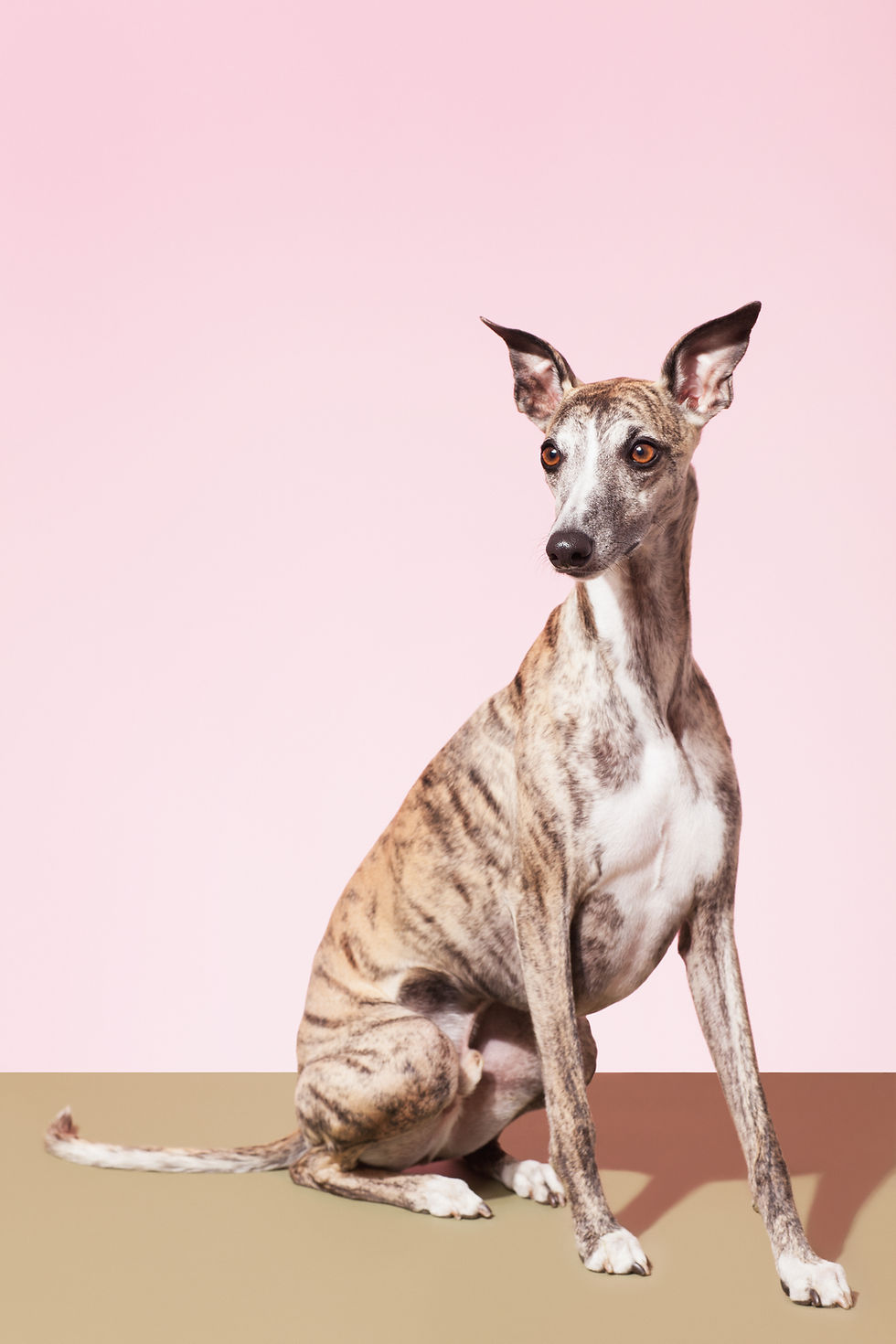Plastic Is Harming And Killing Off Our Seabirds
- Jennifer J

- Jul 30, 2020
- 3 min read

Plastic is harming and killing off our wildlife, a new report has found.
The report is from the Seabird Monitoring Programme (SMP) and is called the 'Seabird Monitoring Programme Report 1986-2018'. It is a report that has monitored and studied Seabirds for over the past three decades. The report has monitored Seabirds from across the UK. It has studied and monitored Seabirds to see how they have been fairing on a country-wide level and on a more regional level. Therefore, it has studied Seabirds in an in-depth way.
It has monitored several key things about these animals.
These include:
. The population trends of Seabirds
. The diets of Seabirds
. The breeding of Seabirds
. The productivity of Seabirds
. The survival of Seabirds
. And, the changes that Seabirds have endured over the decades
These things give us an in-depth understanding of Seabirds and the challenges that they have been facing over the last few decades, alongside the challenges they face today.
The Biggest Threat Facing Seabirds

Probably the biggest threat facing Seabirds today is plastic.
Therefore, plastic pollution is a huge threat to Seabirds. Plastic pollution is such a huge problem for animals like Seabirds that Birds have been found with their stomachs full of plastic.
There have been Seabirds found with 250 pieces of plastic in their stomachs before, which highlights how much of a significant threat plastic pollution is to these animals.
44% of Seabirds are affected by ''marine debris'' every year. Marine debris includes plastic pollution. Therefore, almost half of all Seabirds are affected by pollution.
It is also estimated that 1 million Seabirds are killed annually by plastic.
The Findings Of The New Seabird Report
The new Seabird report has a lot of in-depth and alarming information about Seabirds.
One of the major findings of the report is how several species of Seabird are seeing declines in the UK. The populations are based on information from 2000 to 2018. During that time, there have been several Seabirds that have faced a steep decline. For example, Arctic Skuas have declined by 70%, Black-Legged Kittiwakes have declined by 50%, Northern Fulmars have declined by 38% and Little Terns have declined by 25%.
More information can be found in the report.
What Could Be Killing Off These Seabirds?
Another study points to what could be causing these significant declines in the Seabird populations. This report is called 'The Prevalence and source of plastic incorporated into nests of five seabird species on a small offshore island'. The study was carried out on Lady Isle in Scotland.
It found that between 24.5% to 80% of Seabird nests had plastic in them.
This means that at least almost a quarter of Seabird species had plastic in their nests and at the most, 8 out of 10 Seabird species had plastic in their nests.
This means that plastic is found within Seabird's nests on a worrying scale. The high findings of plastic also may suggest why several species of Seabirds are in sharp decline.
What Can You Do To Help Seabirds?
There are a few ways that you can help Seabirds.
One of the ways that we can help Seabirds, is by reducing our plastic waste. Maybe try and buy foods that don't have a lot of plastic or buying foods that are wrapped in another material that is not plastic, can help reduce plastic waste. Another way that you can help Seabirds, is by recycling plastic. And, finally, one last way that you could help Seabirds is to not pollute and disgard any rubbish that you have in the bin. Just a few changes like this could help Seabirds.



Comments